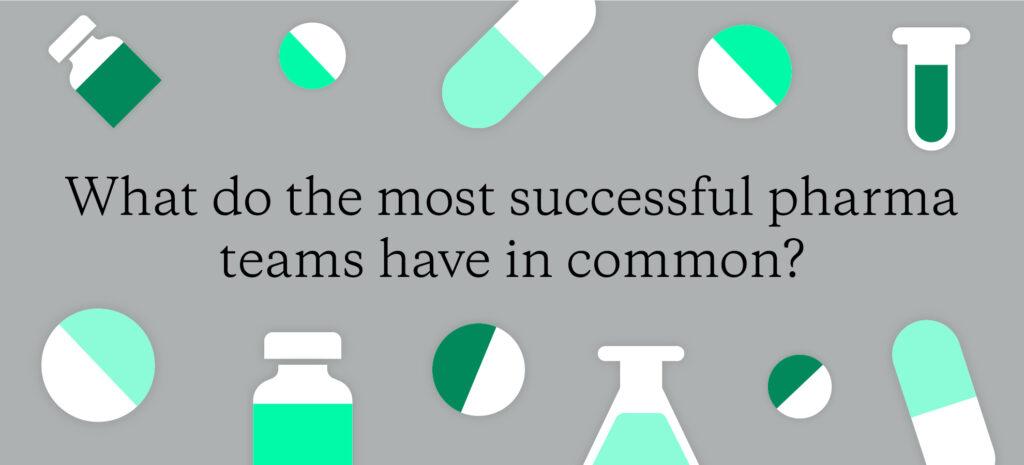Last year, we predicted what 2021 would hold for virtual engagement. First among our predictions was that pharmaceutical and medical device companies would standardize their virtual engagement strategy, building on productivity gains and cost savings after reducing travel and joining the shift to remote work amid the pandemic.
In 2022, this trend will expand to include a holistic approach to insight-gathering processes throughout drug and device development – one that includes an expanded view of KOL identification, engagements that include physical and virtual elements, and a new approach to patient inclusion and diversity. Here’s our perspective on the immediate future of insights management.
Better insights management will become a core strategic priority
Life science companies face an array of challenges: patent expiration, increasing competition, and the ongoing battle to earn patient and public trust – all against the backdrop of continuing COVID-related uncertainty. As pharmaceutical and medical device companies look for ways to mitigate risk and increase agility, they’ll adopt technical solutions that reduce workloads and move them closer to their goals. These solutions will unify slow, fragmented processes and place insight-gathering at the very center of business strategy.
The need for a more strategic approach to insights management grew from changes that were underway before the pandemic. Companies are more global, and the desire for more inclusivity led them to reach beyond regional borders and invite insights from around the world. Teams looked to social media channels and other online spaces for insights from digital influencers and even patients. But these multiple insight streams – often stored in different systems and not efficiently shared – didn’t offer a strategic advantage. Worse, making sense of this information required hours of manual processing and interpretation.
In 2022, life science teams will standardize not just insight gathering, but the entire process of collecting, sharing, and making sense of information that creates a holistic scientific narrative.
Expert selection will evolve
In 2020, the overall shift to virtual also led to a shift in how life science teams identify and engage experts. As HCPs migrated to online forums and social media channels in search of peer-to-peer exchange to replace in-person interactions, rising stars and niche experts began to emerge. Medical affairs teams became newly aware of influence networks beyond the traditional publication and speaking circuits. In 2022, more life science organizations will look for ways to harness these digital opinion leaders within their engagement strategy.
Methods of KOL identification will also change. As more organizations embrace digital transformation, the use of big data in the pharmaceutical industry will expand. Network analytics and social listening will allow teams to get more granular on the specific disease areas and expert communities they wish to engage.
Asynchronous will provide flexibility – and help tackle the next pandemic
After two years of virtual-first, some KOLs will continue to be selective about where and when they travel. Others simply prefer virtual advisory boards and other interactions after nearly two years of new work habits in a changed world. Calibrating the choice of venue – physical, hybrid, or all-virtual – to the needs of different audiences will be a priority for clinical, medical affairs, and commercial teams.
There’s no doubt that physical events are making a return. But organizations are planning for a new reality, and research reveals that event marketers anticipate 40% of 2022 events will be virtual and 24% will be hybrid. Life science companies will adjust accordingly, offering options that provide the most flexibility and the highest quality of dialogue. Time to focus and do deep work is a benefit HCPs repeatedly cite after participating in Within3 sessions, and this preference will lead life science organizations to prioritize asynchronous engagements in 2022.
Among the many lessons learned from the pandemic was that businesses are vulnerable to mass disruption. In the case of life science teams and healthcare workers, the upheaval meant double pressure – the need to keep important work moving plus the need for COVID-related treatments, protective equipment, and a vaccine. For many pharmaceutical and medical device companies, the key to balancing these twin demands was shifting work to an asynchronous virtual environment. Organizations will carry this forward and rely on over-time collaboration when the next global health crisis occurs.
Virtual trial activities will increase diversity and boost patient-centricity
The push for a COVID-19 vaccine brought clinical trials into the public eye, providing an opportune moment to highlight the issue of diversity in trials. In the US, racial and ethnic minorities are dramatically under-represented in clinical studies – in 2020, 75% of more than 30,000 clinical trial participants for 53 FDA-approved drugs were white. Diversity in the trial experience directly impacts patients who need safe and effective treatments.
There are many reasons for the lack of diversity in clinical trials, including economic factors, geography, and distrust of the medical establishment. But as life science organizations discovered during the pandemic, virtual trial recruitment, enrollment, and patient monitoring can potentially solve some barriers to equitable patient participation.
Engaging patients in a way that eliminates concerns about missing work, health issues, or the financial burden of travel to and from trial sites or clinics will open the door to more efficient and robust trial recruitment. Companies that take more patient-centric approaches to trial design and execution have been able to improve trial enrollment time and shorten the timeline from first patient dose to product launch, and life science organizations will consider this when planning upcoming studies.
The last two years taught us that while nothing is certain, it’s better to anticipate change than to react to it. There may be uncertainty ahead – but adding agility and focusing on better insights management will allow the life science industry to successfully navigate 2022. To learn more about how to get started with insights management, download our white paper.






